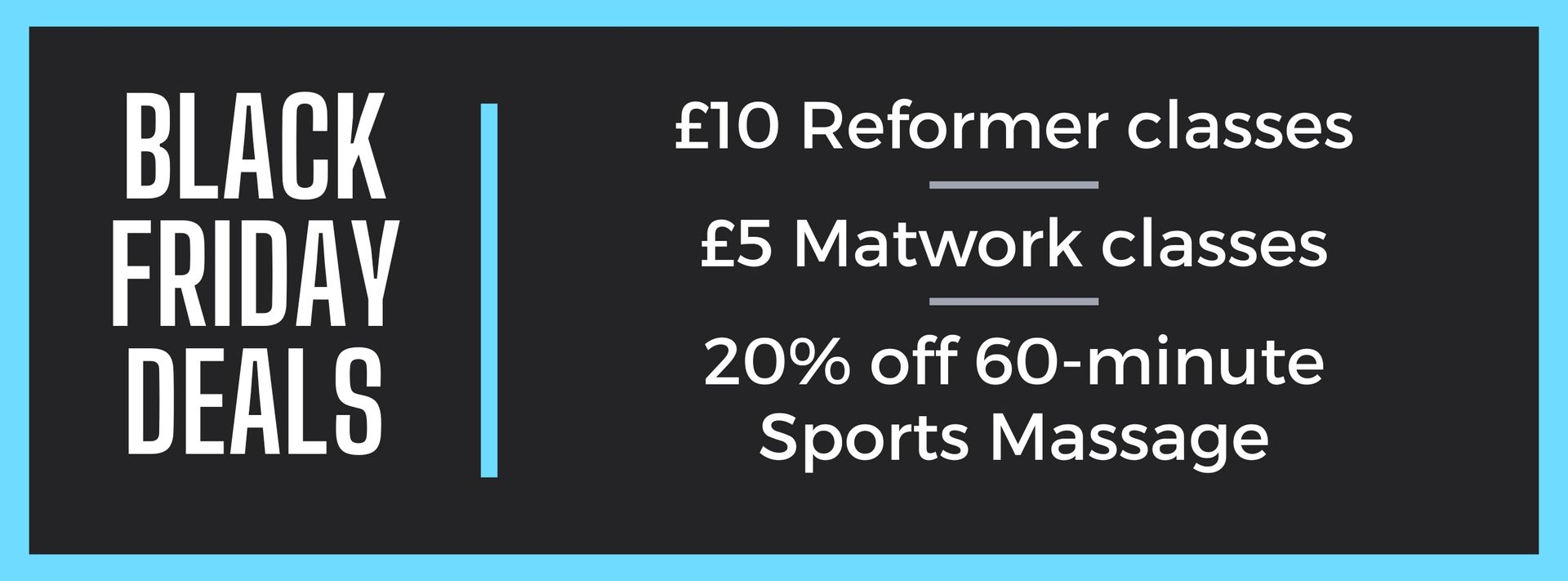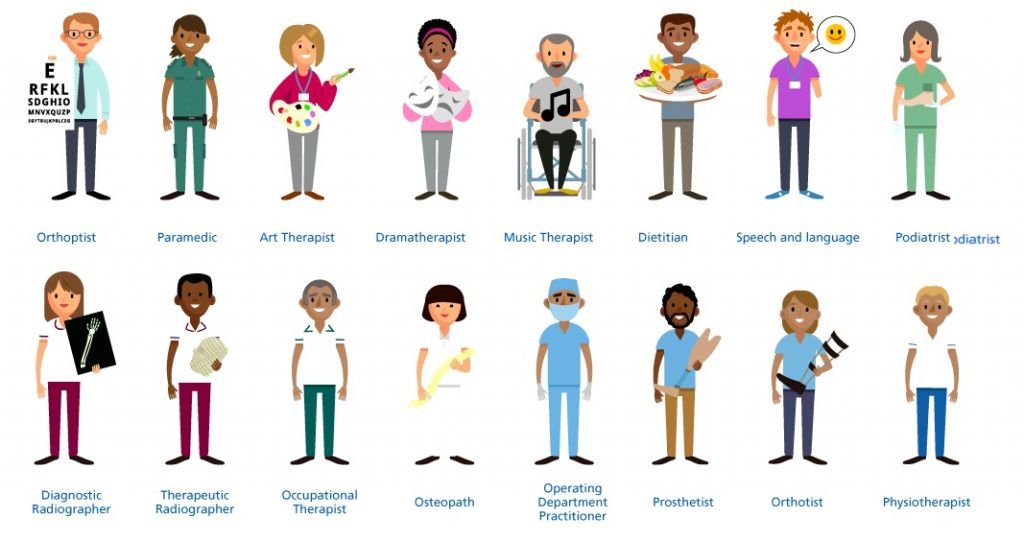Getting good Posture
Some quick tips and tricks to help increase body posture
4 quick exercises that you can do in the comfort of your own home:
- Imagine you are holding a pencil between your shoulder blades, do this by gently squeezing them together.
This technique if repeated several times a day, will increase and promote back posture. This is a very simple exercise that can boost your upper back posture massively, it prevents slouching and keeps the back strong and straight
- Chin Tucks:
Start the exercise by trying to push your chin back into your neck, the objective is to try and get as many chins as possible, and it's that simple! A quick reference is to feel the back of your neck and if the neck is straight or at least relatively straight (flat) then you are doing the exercise correctly.
- High Plank:
The high plank is a great workout that helps posture in both the upper and lower back. Its great to maintain hip posture when planking because the body has to be as straight as possible. To get into the high plank position, simply get into the press up position and don't bend down into a press up, just stay in the push up position.
- Our final quick trick to getting a push to having good posture is this technique.
Begin by rolling your shoulders back as far as you can and then pushing them down towards your bum, after you get used to the technique, try to make it one fluid motion. This form of posture technique promotes great posture in the shoulders and back. Like the first technique, this one also helps to stop slouching.
All these techniques are recommended by our Physiotherapists here at HTH,
Build up your posture and get your freedom back!



